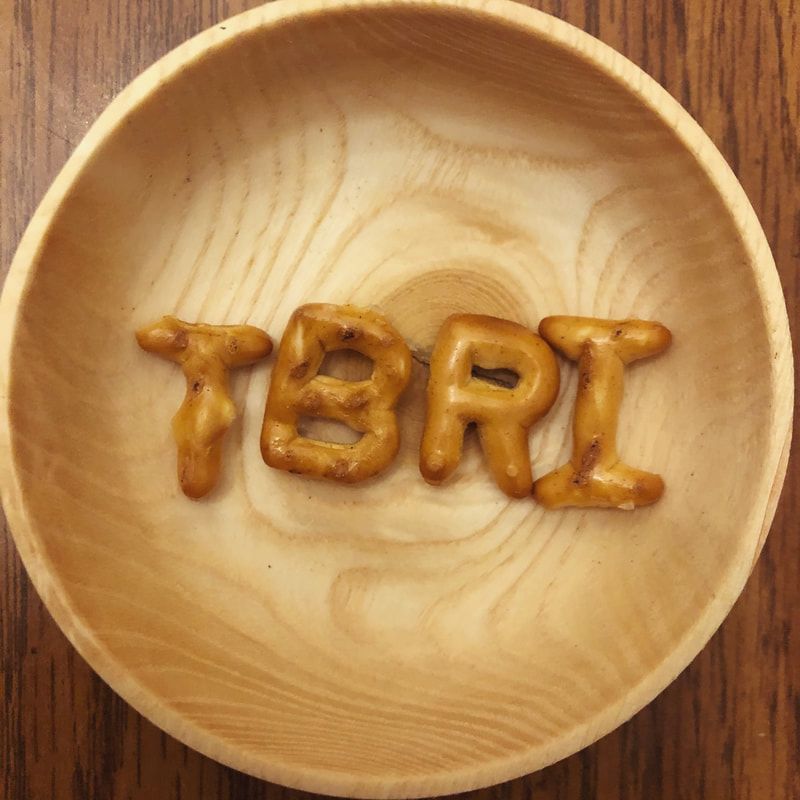|
Things have amped up at my house as I’m sure it has in many houses as stress levels increase for parents with pandemic and political burnout hitting us pretty hard. Our three year old has increased some behaviors this week and I decided to pull from my tool belt TBRI nurture groups. A nurture group is a time set aside to proactively get ahead of problems in the home and do it with fun and connection. It borrows from Theraplay activities and I have adapted it some at my house. Empowered to Connect has a great post about how they do nurture groups as well.
It is broken down into a few sections and here is a sample outline of what I do in my home and in sessions with families.
If this is something you need help in trying or think your child is just too oppositional to do on your own, I would love to help you all in a family session! You also wouldn’t believe how cool it is to include your horse partner in your nurture group as well. Contact me to schedule a session. I also have created an Etsy shop to provide digital outlines for Nurture Groups on various topics for you to print and do at home! https://wholeheartedherd.etsy.com/ *We heard the name Mr. Piddlesworth from a dog’s name on a Dr. Poll episode on Disney Plus and it makes me laugh even now thinking of that silly name. ☺
0 Comments
Happy New Year! This title may be a little off since I am not one to set resolutions per say... but I had a new idea about incorporating habits in your life and making them stick. One of my best discoveries of 2020 was the Libby app that connects your library card to tons of free library content including audio books. A friend recommended The Little Book of Hygge. My mom has been into all things Northern Europe and hygge for a while but my official introduction to this was this book. For those who don't know, per the Cambridge Dictionary, hygge is "a Danish word for a quality of cosiness (=feeling warm, comfortable, and safe) that comes from doing simple things such as lighting candles, baking, or spending time at home with your family." The Danes consistently win the country that tops happiness per capita in the world. The author of the book is a leader from the Happiness Research Institute in Denmark and attributes the cultural inclusion of hygge in part for the wide spread happiness; In addition to all its population not having to suffer extreme unhappiness due to not having their basic needs met. How does hygge help with creating healthy habits? I got to thinking about the time I needed to study for my exam to be licensed as a Clinical Social Worker. I am a procrastinator and need to work to make myself do anything that I don't enjoy, unlike my husband who has the self-control to do all kinds of healthy things. Every time I studied for that test I lit a candle I had just gotten as a gift and made myself some tea. That candle has been burnt out for some time, but that scent still reminds me of studying. I made the task special by including my senses and making it a cozy experience. Including other elements of hygge like social connection, nature, a special indulgence, mindfulness of the moment, and setting a cozy mood would be great for any number of habits. For example, including friends on an exercising goal for connection and making fun memories. If reading more books is your resolution, making a cozy corner and a buying a special reading tea would be very hygge. If the Danes are on to something this practice could also boost your happiness! For years praying has been something I've struggled to make a habit in the way I would like. This weekend I decided to try and make prayer more hygge. I took some candles and went into our woods and sat quietly to pray and meditate. I am a person who needs lots of silence in my life but I rarely get it, especially since becoming a mom this year. This fifteen to twenty minutes of nature and quiet did me a lot of good. Though I may not do this every weekend I like the idea of making my prayer more mindful, sensory, and special. Why not make the things you struggle to do more enjoyable?
Do you have any habits you want to cultivate this new year? |
Proudly powered by Weebly





 RSS Feed
RSS Feed